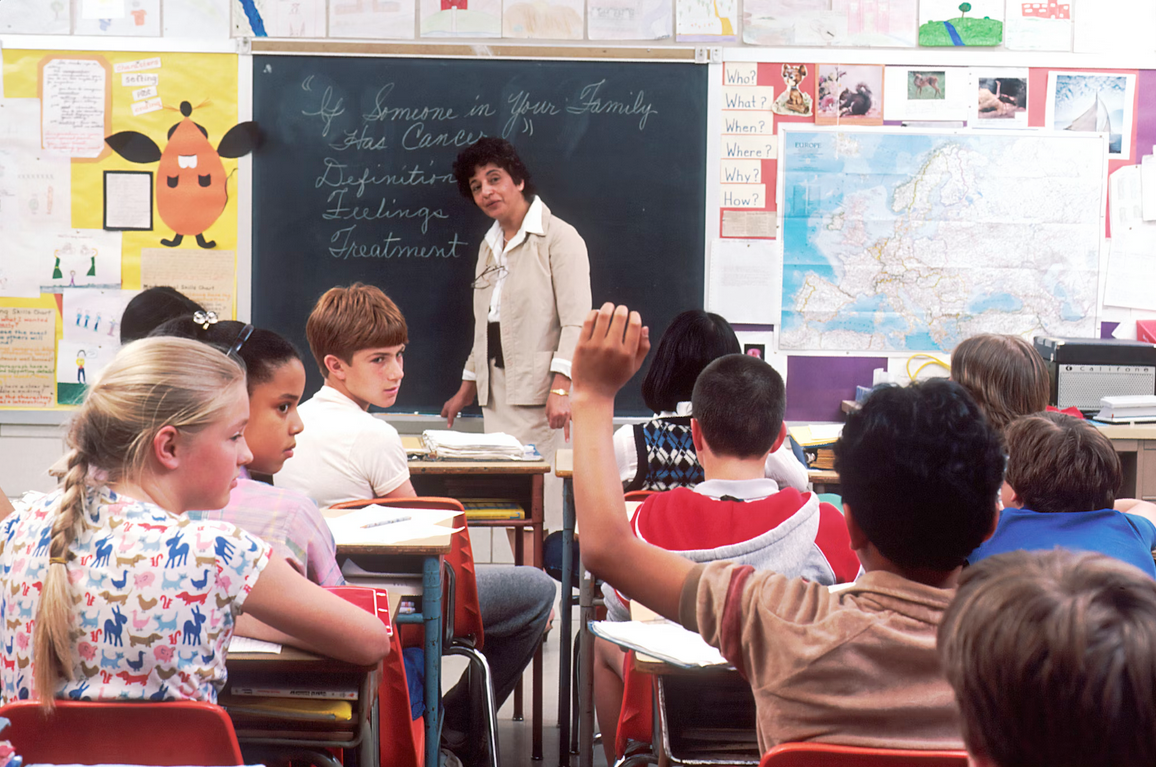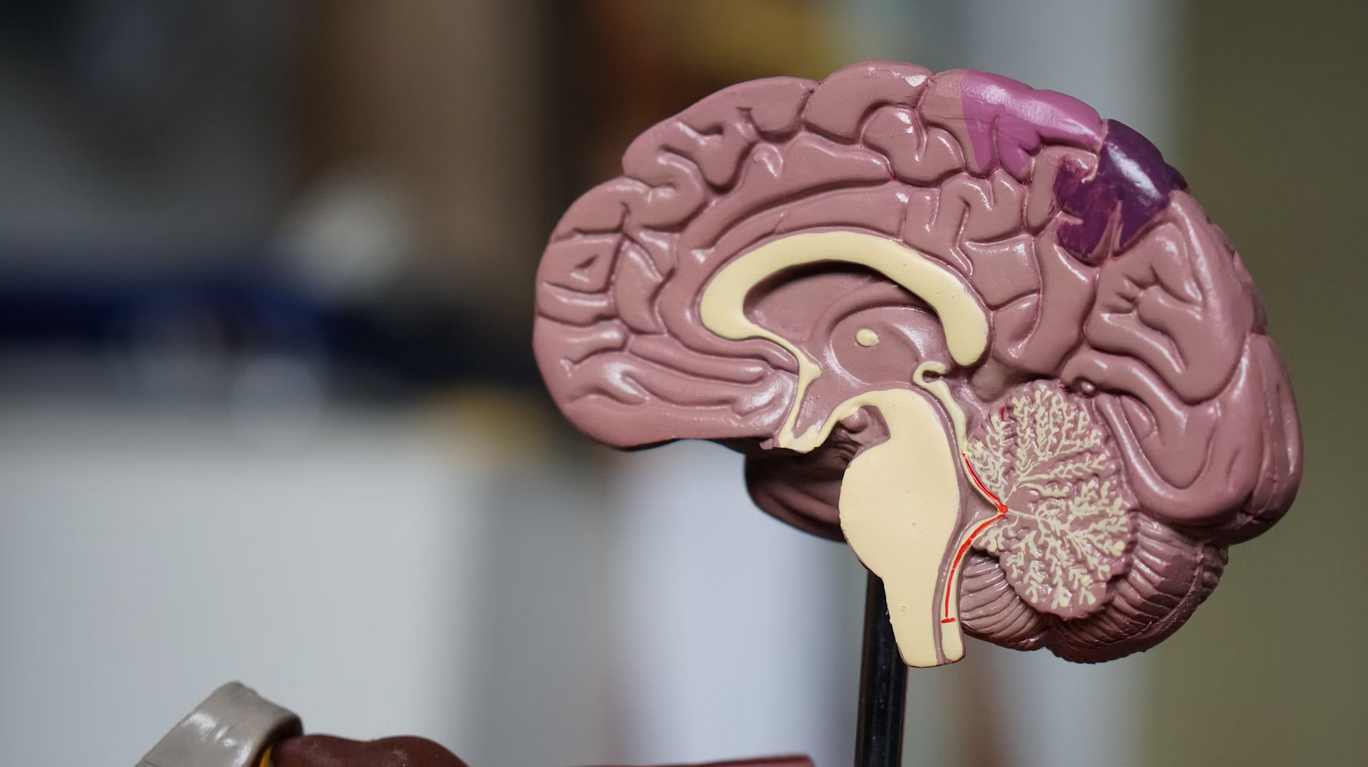
Experienced UIUC graduate student specializing in Math, Computer Science, and Writing
Availability:
Every day, 10:00am-10:00pm PST
Subjects:
Math
Computer Science
Writing
Applications of AI in Education
Last Updated:

- Artificial Intelligence can help some of the critical shortages in teachers and resources that trouble schools across the nation, including Alameda County
- Adaptive Learning, Intelligent Tutoring, and AI-generated Content Systems are all solutions being explored
- Many cutting-edge technologies are never adopted into curriculums due to a lack of input from students and teachers in their design.
Artificial Intelligence (AI) has the potential to disrupt established industries and alleviate shortages in others.
California’s education system has a worsening shortage of over 10,000 teachers, with Alameda County having a shortage of 250. As Governor Gavin Newsom’s office signals support for partnerships with Nvidia to bring AI to California’s community colleges, many technology products have hit the market hoping to be integrated into classrooms.
There’s a long, frustrating history of cutting-edge technology making grand claims about changing the educational landscape, only to never be adopted into curriculums due to a lack of input from students and teachers in the tool’s design. Although research often shows that these methods are effective, they rarely see any use in real educational settings.
So, as a tutor with a specialization in AI, I’ve decided to compile some applications of new education technology that schools and businesses are experimenting with.
Personalized Learning
### Adaptive Learning Platforms
Traditional classrooms use a one-size-fits-all approach that doesn’t account for the individual strengths, weaknesses, and background of each student. This is inevitable given the time and resource constraints that teachers have in traditional schools. The knowledge gaps left as a result of students learning at different paces are a key reason tutors are in high demand. There aren’t any other reliable ways to personalize learning to target a student’s specific deficiencies. AI companies are hoping to change that by integrating their products into Adaptive Learning Platforms.
Adaptive learning (sometimes called adaptive teaching) is a method which uses algorithms to deliver personalized instruction and material for each student. There are three types of adaptive learning tools:
Adaptive content provides individualized feedback to students based on their answers, such as reference or review materials related to the topic if they give an incorrect response. This can include articles, textbook excerpts, encyclopedias, books, other courses, etc.
Adaptive sequences change the order of content to make sure students get material that’s appropriate for their current level of understanding
Adaptive assessments alter the questions given to students based on their responses, usually increasing or decreasing difficulty depending on whether the student’s answer is correct
Adaptive learning systems are among the most popular AI interventions proposed for classrooms to help students and teachers. Research consistently reveals that these systems are effective in controlled studies, but they haven’t yet been adopted in classrooms.
One reason is that wide-scale adoption of new technology requires large training programs and experimenting with iterative improvements. A lot of school districts are not prepared to make those kinds of changes due to the local, public nature of education. Entrepreneurs and investors encounter a lot of bureaucratic hurdles that get in the way of iterating products for refinement, so many products don’t make it out of a trial phase where they directly get sold to students or teachers instead of districts.
However, this means there’s space in the market for a product that’s so user-friendly that students and teachers can be on the same page about progress in the adaptive learning system. After all, course platforms like Coursera and Canvas once faced the same struggle, but they’ve now been widely adopted in colleges and K-12 schools alike.
Intelligent Tutoring Systems
An ITS is exactly what it sounds like — a machine learning algorithm that drives individualized instruction for a student. It’s more of a supplement to a curriculum than a core delivery mechanism like adaptive learning systems, which means they can be included in a course to add personalization without interfering with a teacher’s syllabus. The concepts for a teaching machine have been in existence for almost a hundred years due to the enormous potential for upskilling students and workers.
Unfortunately, studies show that most ITS systems are not commercially viable. For many systems, it takes 200-300 hours of development to create 1 hour of tutoring content. Furthermore, ITS systems are most effective when they’re tailored to local needs instead of standardized testing, which means they don’t scale too well either.
Many people are proponents of LLMs as a solution to the problem of scaling ITS, but there are significant limitations here as well.
LLMs rely on statistics to make predictions instead of logical rules that are fact-checked. This means that an AI tutor can easily provide incorrect information that increases your confusion, a phenomenon called “hallucinations.”
LLMs are dependent on other resources for their knowledge, so if an LLM has been trained on outdated information or relies on unvetted documents that might contain incorrect information, it will happily spit that out at you just the same as correct information.
Many LLMs contain a lot of biases, including political, moral, and social biases. This is because of the AI alignment problem, where we want statistically-driven models to adhere to a set of human values. However, there is currently no easy way to evaluate and explain biases in these models or within any particular answer in ITS systems. A major reason is because subjectivity is at the heart of many issues with biases. For example, some political beliefs may be considered too extreme or hateful to let an LLM discuss with students since it might not provide enough context for sensitive topics, but reasonable people might disagree on which beliefs those are.
The students who benefit most from using AI chatbots to learn are those who can already think critically about the material and just want to learn more effectively. Students who struggle to process the material can have their confusion amplified by LLMs that confidently provide incorrect information.
Overall, my opinion is that intelligent tutoring systems are most effective for self-driven students who are already good at critically engaging with the material and filling in their own knowledge gaps. Students who are struggling to do that will still need a human to personalize an approach, since encouraging a positive mindset and building motivation are integral parts of learning. An AI cannot replace the personal touch of a human mentor that provides emotional and social support.
Content Management
Content Creation
Practice makes perfect, and students need a lot of it. This means they need a lot of practice material too, a burden which falls on tutors, teachers, and textbook writers to produce. It’s a task that’s common and rote yet still requires an expert knowledge base to do well, which means it’s an ideal target for AI to automate.
Between quizzes, summaries, flashcards, supplemental reference material, worksheets, and practice problems, AI can very quickly generate study resources. Since these resources are highly structured and closely tied to a specific knowledge base, they’re much easier to fact-check than the output of a chatbot tutor.
While students might use these services directly, teachers and tutors can drive the biggest impact since they can review and adjust resources with their subject expertise.
Content Curation
There is an enormous amount of academic and educational material online, and it’s virtually impossible to keep up with every update to find the ideal resources for you, especially as you study more niche topics. Many tech companies in the search engine and social media space have been using algorithms for decades to sort through their content and personalize delivery for you. The same can be done to sort through all the educational content online as well.
Dynamic Textbooks
It’s a common (yet true) joke that textbooks are outdated the moment they’re published. Modern research and development advances so quickly that even leading professors at top universities can’t keep up with everything in their own area of expertise. This is especially true for niche textbooks in academia, where state of the art methods are rapidly changing.
In fact, having taken AI classes in both my undergraduate and graduate programs, I saw multiple professors apologize for presenting outdated information from just one or two years ago because models are advancing so fast.
Combining the concepts of content creation with content curation, LLMs can be tasked with looking for new, relevant information online from researchers or journalists and automatically updating online course material.
Accessibility
Making technology more accessible is one of my favorite applications of AI. So many of us take our ability to use technology for granted, but the brutal reality is that most of the Internet violates principles of accessible design.
Text-to-speech (TTS) and speech-to-text (STT) models can improve the quality of life for many students with illnesses or disabilities. It’s common for schools and colleges to sometimes have a designated note-taker in lectures to help students who are unable to take notes themselves. AI has the potential to fill that role and expand on it with many other functions too. This includes automatically translating between languages, including sign language for deaf and hard-of-hearing students. Fortunately, these technologies have a long history of successful use. Voice-activated assistants like Alexa and Siri have been around for a long while before more sophisticated machine learning models were viable.
AI can also adjust text size, text font, colors, and other aspects of web pages for those with visual issues. Some models are even capable of explaining what’s happening in images and graphs for those with severe visual impairments.
Interactive Simulations
While LLMs can be risky to rely on as a source of truth when studying or learning material, they are a strong fit for simulations where raising enthusiasm and evoking curiosity are the priorities. Although this is still undergoing trial-and-error, many game developers are trying to design immersive worlds for players to explore where in-game characters are driven by an AI language model. This would allow players to have completely open conversations with characters. For subjects like history and literature, AI-powered games and simulations could revolutionize the way students engage with topics. They could connect with the material in an interactive way for the first time instead of passively receiving content.
I’m a Cautious Realist
AI has a lot of applications in education, but it still has a long way to go before it becomes reliably successful enough to be widely adopted. The problem of hallucinations might be unsolvable given the statistical nature of LLMs, so we may never see some potential applications survive in the long-term because of the associated risk of misinformation. Other applications might just not be profitable enough for companies to pursue, especially if future AI regulations impose a lot of strict burdens or AI becomes politically unpopular. It’s also possible that the perfect application gets developed, but companies fail to train teachers and integrate themselves into school because of poor collaboration and partnerships.
Tutors like myself are keeping an eye on useful products and services so that we can integrate them into our work with our students. We have a lot of flexibility that teachers in traditional schools don’t, so we can try new approaches with AI and closely evaluate how effective they were with students. Some of us are even developing AI products ourselves! If you want a tutor with a forward-looking perspective on technology in education, check out our page here!
https://www.sciencedirect.com/science/article/pii/S2666920X21000114#sec6





